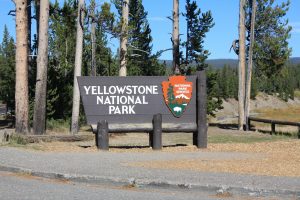
Sit back and close your eyes for a moment. What comes to your imagination when I say “Yellowstone?” Do you see a national park full of sweeping forests and gushing rivers? Vast herds of buffalo grazing on the sweet grasses and bears romping through the hills? Are you imagining the white spray of a geyser as it shoots water over a hundred feet into a crystal blue sky? And do you imagine the throbbing pulse of a volcano just beneath your feet as you stand in the heart of the park?
Sometimes that last one catches people off guard. Many people who visit Yellowstone each year have no idea that they’re visiting an active volcano. But it is the volcano that creates such a fascinating and other-worldly terrain out of what would be just another mountain range. In fact, the area is so unique and unusual that no one believed the “frontier fiction” that returning fur traders in the 1700’s were spinning. It was made a national park in 1872 to protect such incredible features.
Let me give you a quick overview of Yellowstone before we set off on our journey together through its exquisite features!
First off, let’s take a look at a map. Check this one out:
https://www.yellowstonetreasures.com/yellowstone-treasures-guidebook/maps/yellowstone-national-park-map/
It details not only the roads and location of the places you can stay overnight (be sure to book way ahead of time!), but you can also see the outline of the caldera and some of the area’s geology.
You can enter the park from any direction. The 5 entrance roads merge into a double loop that forms a figure “8” through the park. There are 466 miles of roads that you can drive once you’re in the park, and almost a thousand miles of trails to hike. I definitely recommend getting off the beaten path a time or two. You’ll be surprised at how absolutely quiet it is, and how recharging it can be to the soul.
The park is huge. As the bird flies, it is 63 miles north to south and 54 miles east to west which totals a whopping 3,472 square miles. Nestled in the southeastern area of the park is the massive Yellowstone Lake. At 136 square miles of water and 110 miles of shoreline, it’s the largest high elevation lake in North America. The average altitude of the park is 8,000 feet above sea level so be sure to drink plenty of water and stop to catch your breath every now and again.
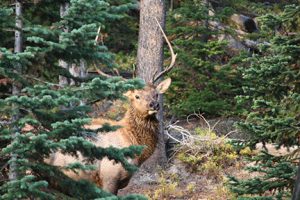
The national park is home to hundreds of different species of animals, and thousands of different species of plant flora. Some are found nowhere else in the entire world. Keep your eyes peeled as you venture through the park with me – you never know what you’ll see!
Aside from the spectacular wildlife, Yellowstone is most famous for its geothermal features. Old Faithful Geyser tends to pop to mind first – it’s one of the most easily accessible and reliable attractions in the park. However, there are more than 300 geysers in the park to watch (some of which are even bigger and badder than Old Faithful), and over 10,000 thermal features. All of these are fueled by the Yellowstone Volcano.
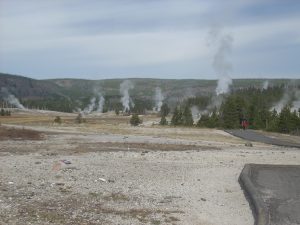
The Yellowstone Volcano is created by a hotspot. (Check out Volcano 101 if you would like more detail on this process). The volcano is fed by a hot mantle plume. This plume does not move, but the plate on top of it does, and so if you look at a satellite image of the United States, you can actually see a trail of very old volcanic calderas that previous eruptions have left behind. The latest of these calderas sits at the lower half of the park and measures 45 miles by 30 miles in diameter.
Yellowstone has historically had a major eruption every 600,000 – 800,000 years on average. The last mega-colossal eruption was 640,000 (give or take a year) years ago. The largest eruption was 2 million years ago and the output of ash and lava dwarfed anything that is recorded in human history. Do you remember Mt. St. Helens eruption in 1980? This one was 2,500 times bigger! It even makes the Tambora eruption (called the most devastating in human history) look puny.
While the volcano hasn’t had a major eruption in a very long time, it is still very active. The heat from its magma chamber creates the fascinating geothermal features at Yellowstone, and the park experiences about 2,000 earthquakes a year.
Here are the 4 predominant geothermal features that we’re going to come across during our trek through the park:
Geysers
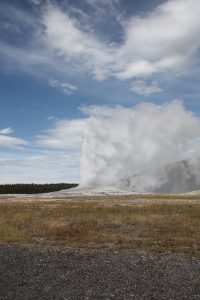
The word “geyser” comes from an Icelandic word meaning “to gush,” which is exactly what they do. Nothing quite compares to the experience of watching a massive amount of water gush from the ground. But how does this phenomenon occur?
It starts with a good rain or snow storm. The water soaks into the ground and makes its way deeper into the crust of the earth through the layers of porous rock. This water can travel down as deep as 10,000 feet! This is such a distance that sometimes it takes the same rainwater 500 years to return to the surface. Crazy, huh? (It’s fun to imagine watching Old Faithful spew water from a rainstorm that happened during the Middle Ages.)
When the water reaches those depths, it comes in contact with the heat from the volcano’s magma chamber. The water gets heated to up to 700 degrees Fahrenheit. You would think that it would boil away at those temperatures, but it doesn’t. The pressure at those depths prevents it from doing so. Instead, the heated water becomes less dense and is pushed upward through the cracks in the rock.
The rocks that this water is pushed through is comprised of rhyolite. A key feature of rhyolite is that it contains a ton of silica. And silica is a key ingredient in making glass. So, as the water dissolves the silica from the rhyolite around it, it creates a glass-coated piping system. This coating keeps the pressure and water sealed safely inside of it. As cracks in the ground become narrower, the pressure that is pushing the water upward increases, sort of like if you put your finger over the opening of a garden hose. As the water reaches the surface of the crust, the sudden reduction in pressure causes the water to boil. Combine that with the constriction in the pipe system and the water gets forced up and out of the ground in a magnificent spray of water.
Hot Springs
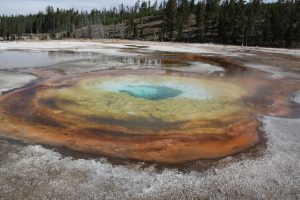
Very similar to a geyser, ground water that has come in contact with heat from the magma chamber is pushed back toward the surface. However, the cracks in the ground have not become coated with the silica lining and are not tightly constricted, so the water can boil and flow freely.
These hot springs are usually very colorful. Organisms such as green algae thrive in the heated conditions, and dissolved minerals such as sulfur (yellow), manganese (pink), and iron oxide (red) create distinct bands of vibrant color.
Mud Pots (aka paint pots)
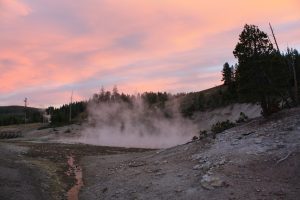
There is less water involved in making these bubbling, spattering puddles of mud. Instead, hydrogen sulfide gas is present, leaking upward through the ground. Microorganisms love the stuff and convert it into energy. When they do so, they create sulfuric acid as a byproduct. Ever smell that funky rotten egg scent? This smells just like it. The sulfuric acid dissolves the nearby rock into mud and, as more gas is released, the mud bubbles and splatters.
Fumaroles
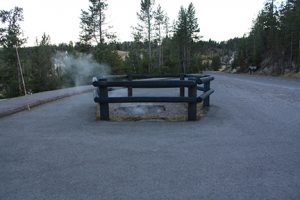
These are basically steam vents. All of the water has boiled away into steam and is escaping through cracks in the ground. These are hot to the touch, and you can sometimes hear them releasing steam with a hiss or roaring sound.
Okay, those are the basics. So grab your pack and let’s go explore Yellowstone!
Next up: West Thumb Geyser Basin
Copyright © 2017 Volcano Hopper. All rights reserved.
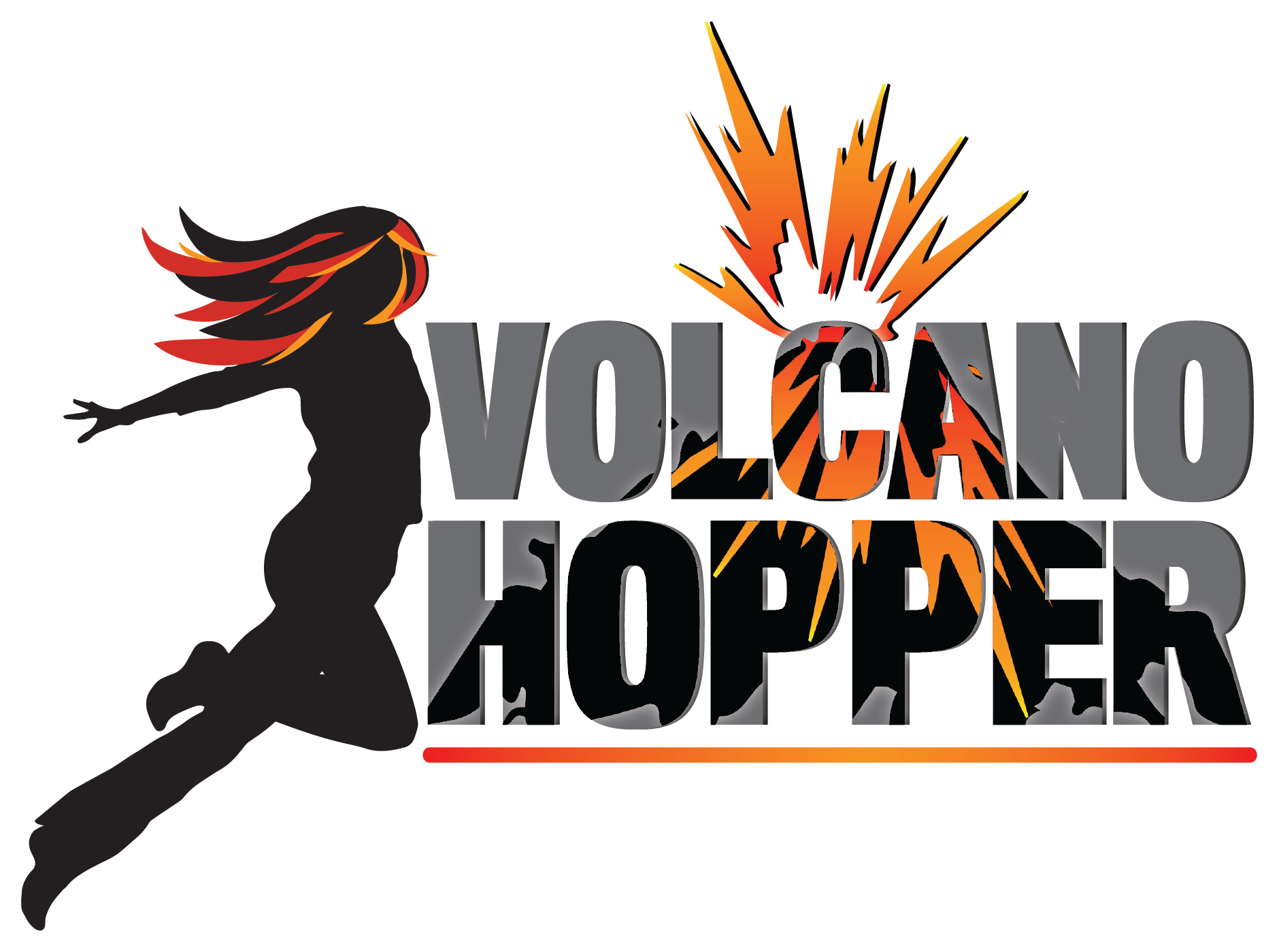
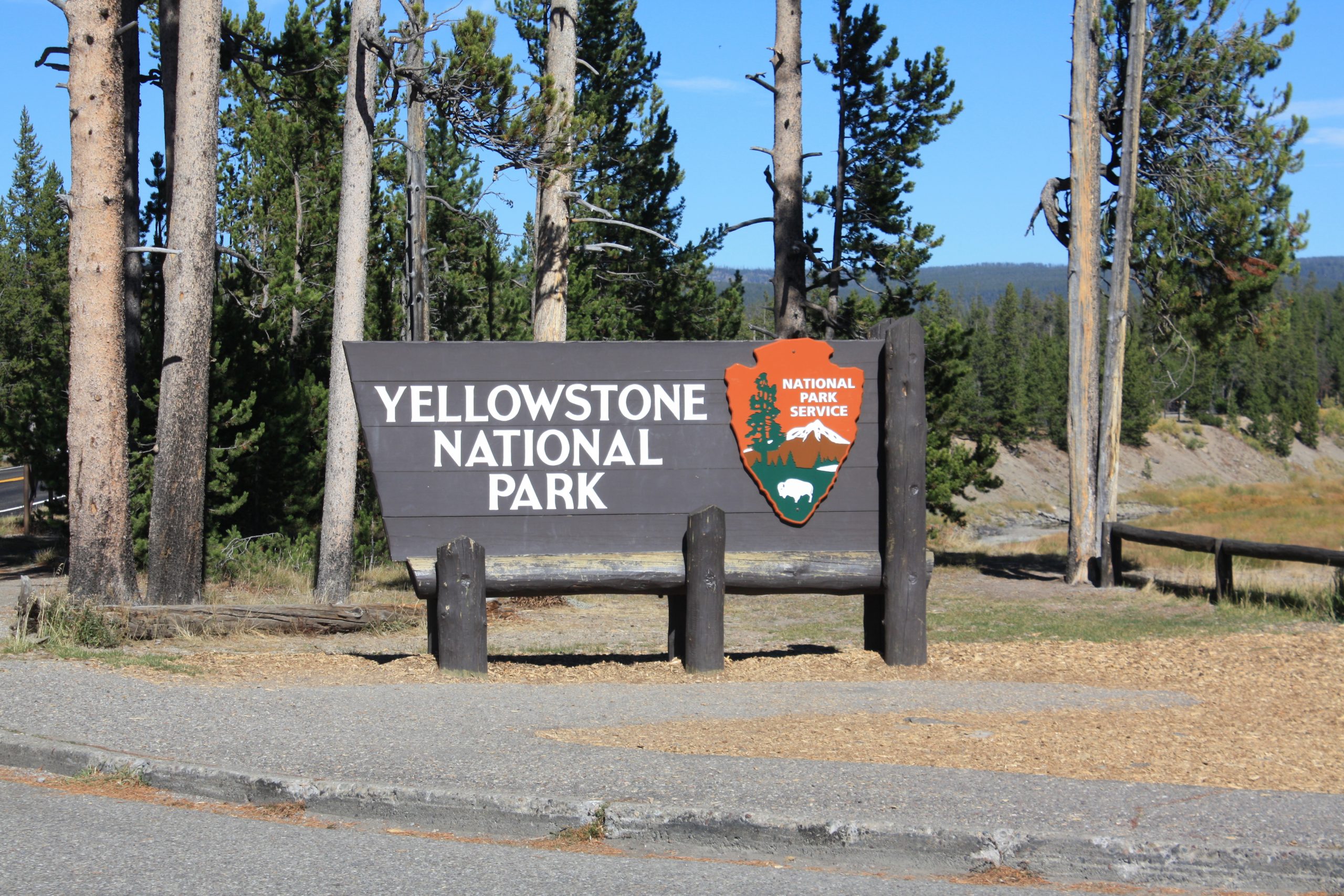
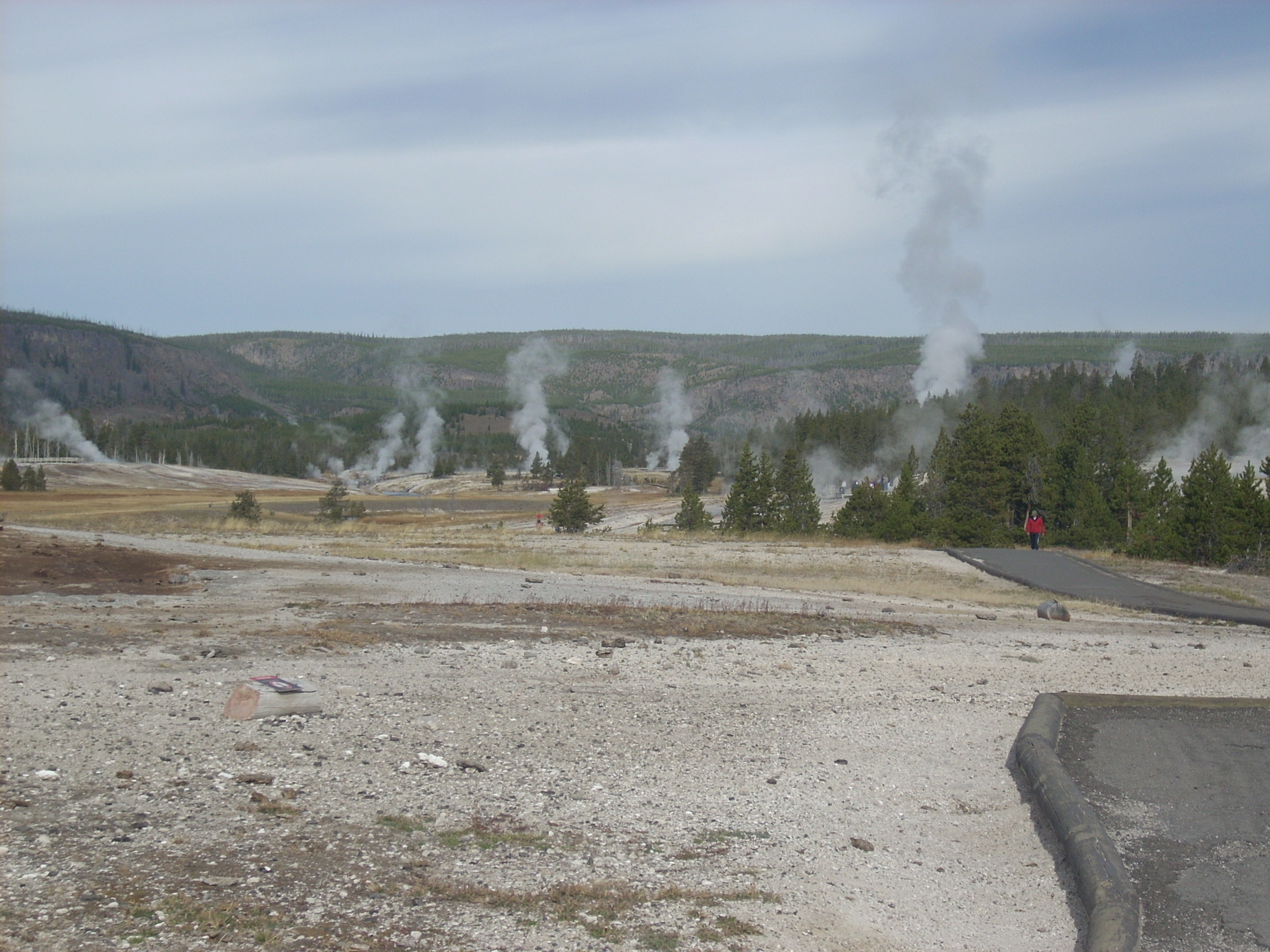
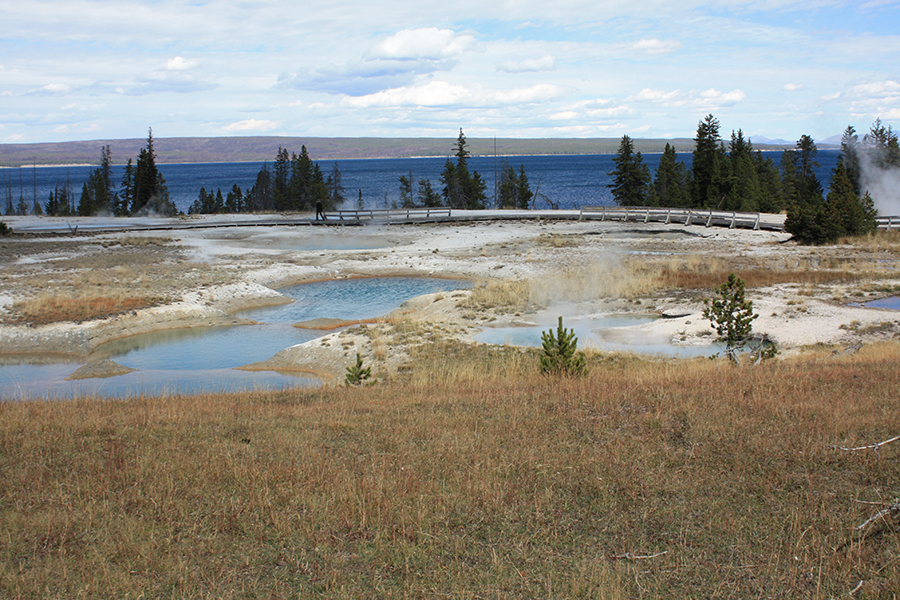
Thanks for sharing this blog this is very helpful
Very glad you enjoyed the post!